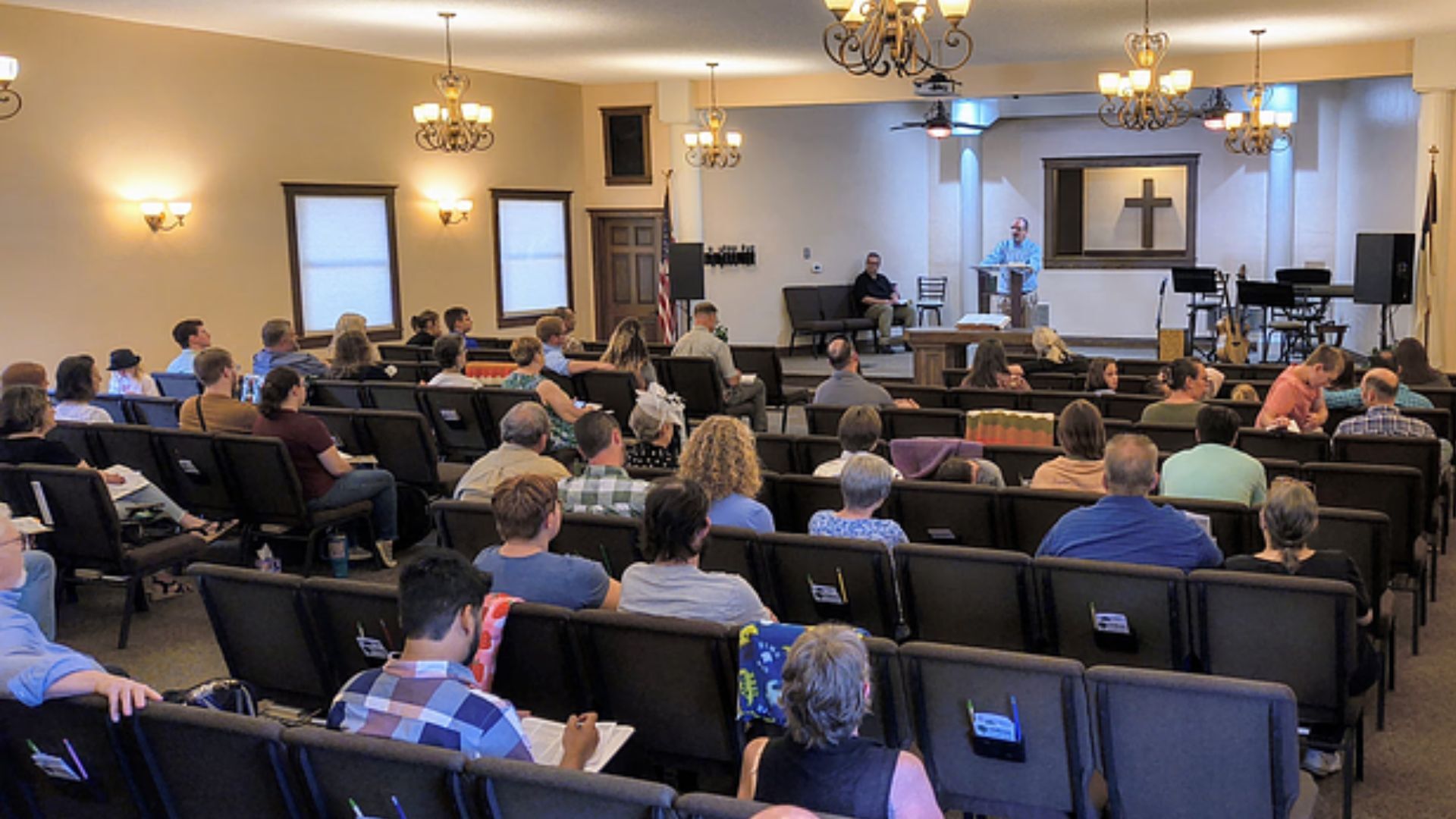Leadership Lessons from Mark Miller
Mark Miller has what has to be one of the coolest jobs in the world. As Vice-President of High Performance Leadership at Chick fil A, he spends his time studying leadership challenges in the organization and working to figure out a solution that can be implemented across the organization. Plus he has to get some kind of killer deal on chicken sandwiches... what could be better?
Mark's recent book, Win the Heart: How to Create a Culture of Full Engagement, goes after one of the most significant issues that organizations are struggling with today: employee engagement. Realizing that many workplaces are struggling with their team fully buying into the mission and direction of the organization, Miller began to look into what it takes to get a team fully on board with where you are headed.
While it can be easy to write this off as a book about selling chicken sandwiches with little relevance to a church leader, think about how often your volunteer teams seem to be just going through the motions on a Sunday morning... or whether your staff team is fully engaged during the week.
In the churches that I have served, my goal was to have our volunteers understand that their service was not just another job. Whatever they did, whether it was passing the offering plate, directing traffic, or opening a door was an act of worship, their expression of ministry. During our onboarding conversations, I told our volunteers that when their service began to feel like their Sunday morning job, it was time for us to have a conversation, and for them to take a break.
Miller's book outlines the CARE framework, which serves as a helpful guide to developing a culture of engagement throughout your teams, whether paid or volunteer. The framework is based on his assumption that engagement is when someone cares deeply about the work that an organization is doing. With this in mind, Miller lays out four essential ingredients to engagement in any organization:
- Connection: Healthy, engaged teams require a sense of connection to one another and to the overall mission of the organization. This should be an easy one in the church, but many times our teams need help connecting the dots between how what they do leads directly to life transformation. It can also be easy to get so wrapped up in the busyness of church, that we forget to stop to develop relationships along the way.
- Affirmation: We instinctively know the power of affirming our teams and how much we love to be praised for a job well done. But there is more to it than just telling people "good job!" Miller uses the example of Alexander the Great to point to the importance of affirmation in word and deed. Leaders who are working toward full engagement are willing to get dirty alongside their team.
- Responsibility: A person who feels like a cog will never be fully engaged. Someone given a task without the ability to adjust speak into how to complete the task or improve the process will never be fully engaged. Miller suggests that this can be one of the most difficult parts of creating an engaged culture as many leaders believe that their job is to own everything, including decisions.
- Environment: True engagement only happens when an organization has intentionally crafted an environment that allows for success. An environment that encourages engagement is one that has the right resources, mindset, and people to allow an organization to truly excel.
One final thought from the book, and this one may take some getting used to. Miller is pretty explicit about one thing: When engagement is low in an organization, it is not the fault of the employees. Leadership is responsible—we must create a workplace that generates massive levels of care.
How is your church's overall engagement level?

P.S. Are you struggling to increase your church's staff or volunteer engagement level? Let's talk! I'd love to have a conversation and share some of what I am learning about this important issue. Click here to schedule a conversation.






.png)